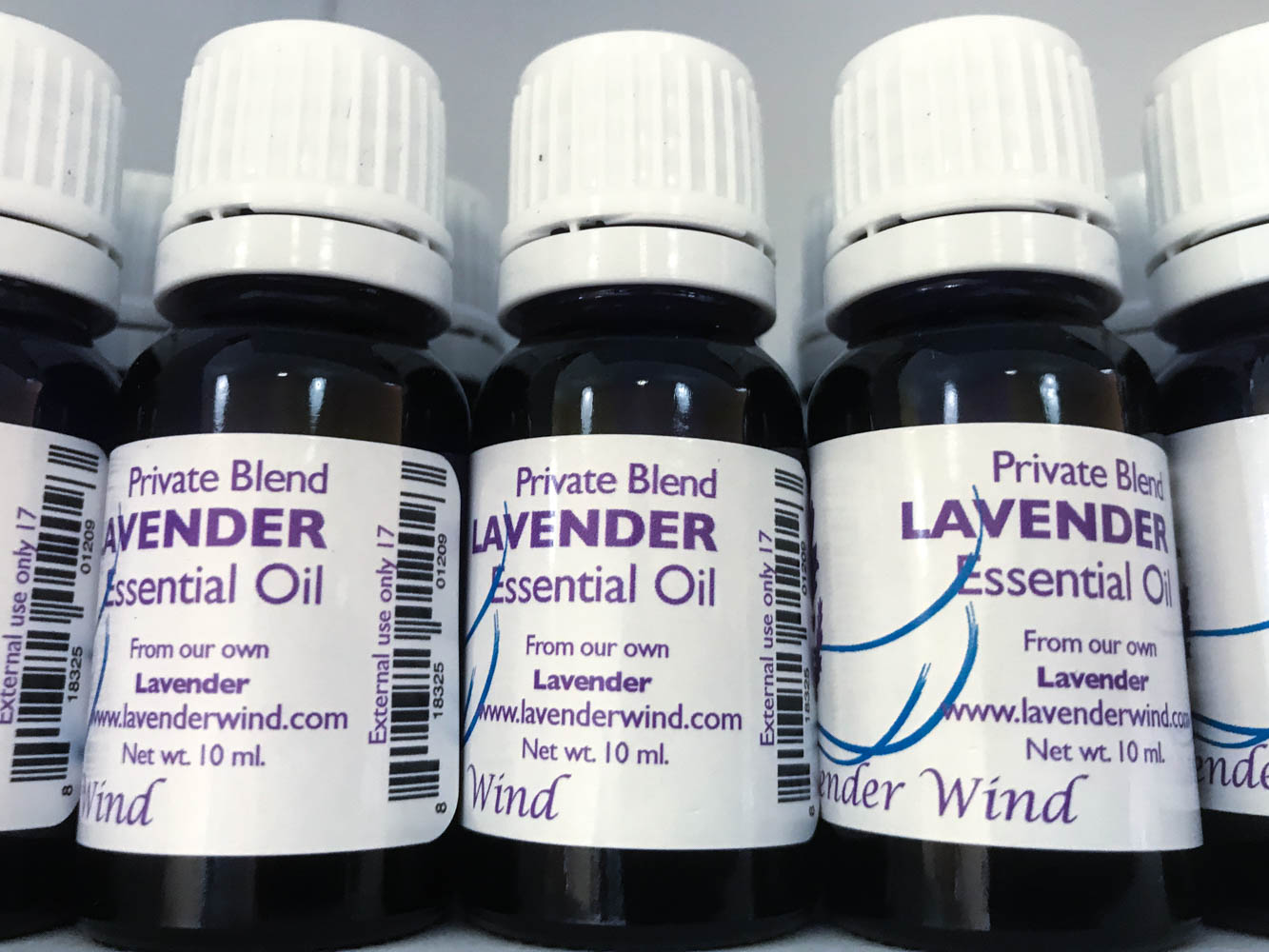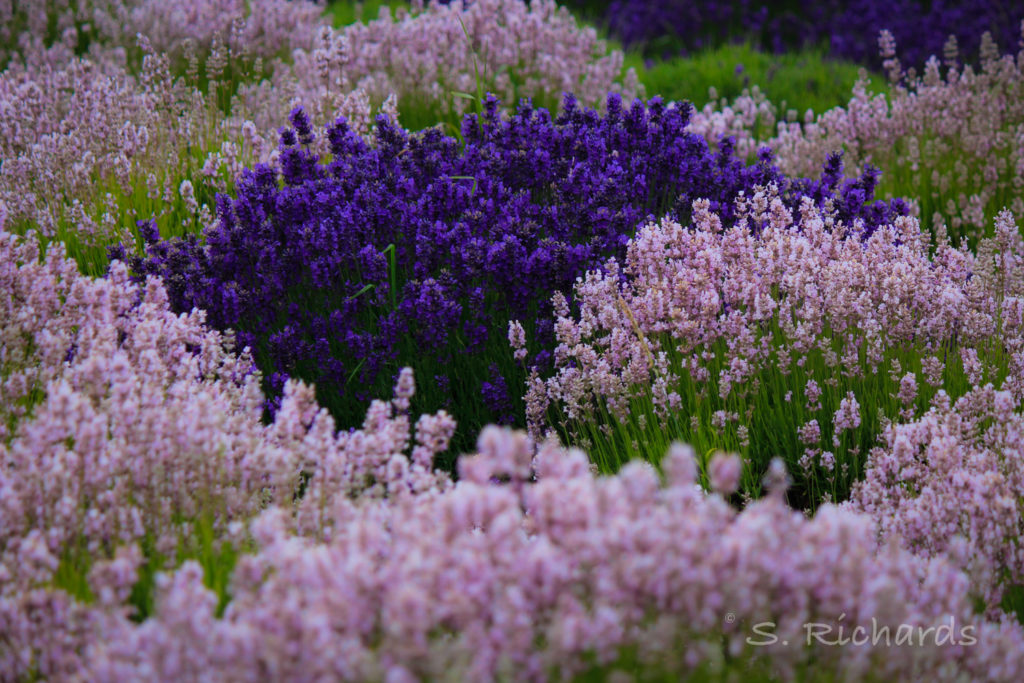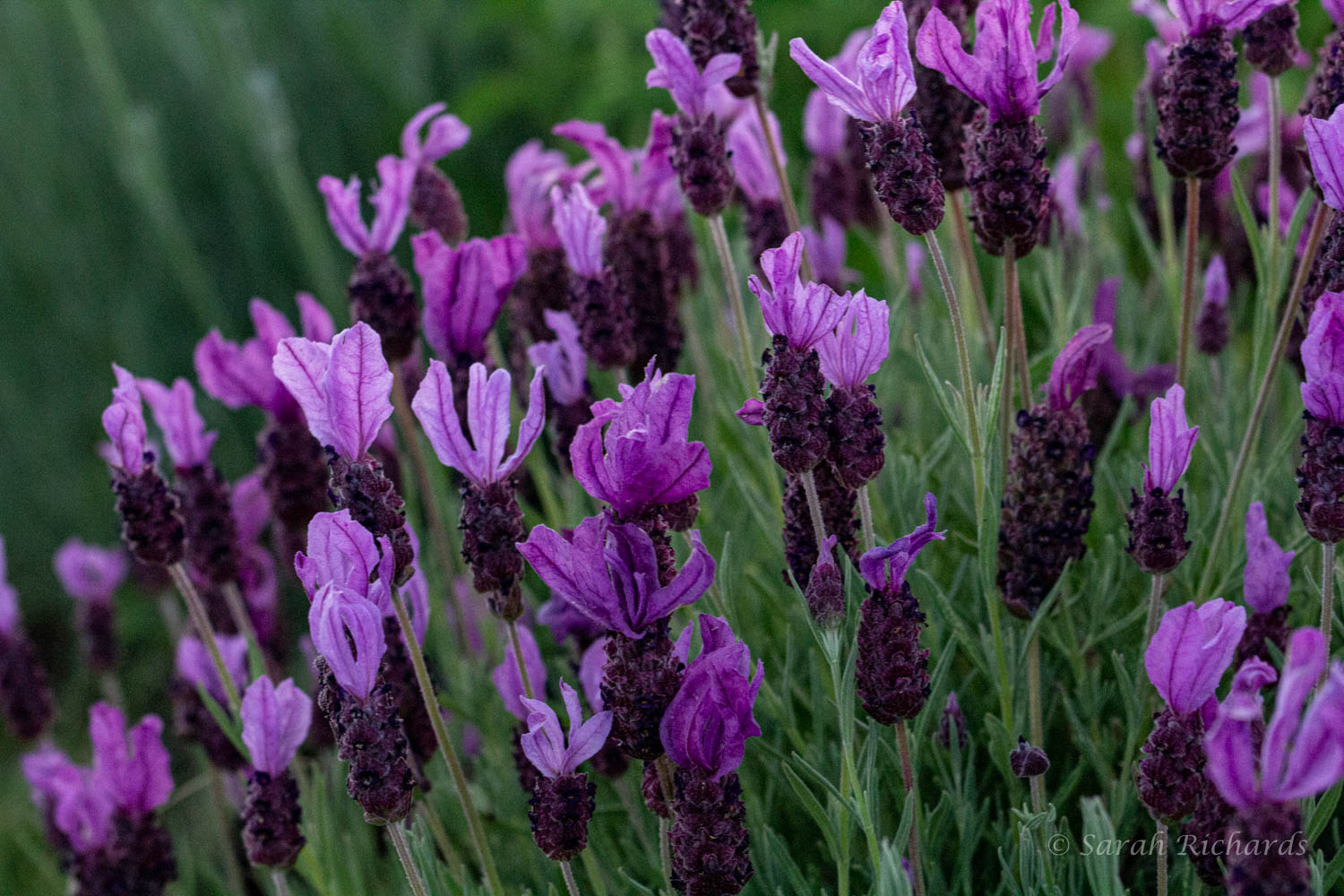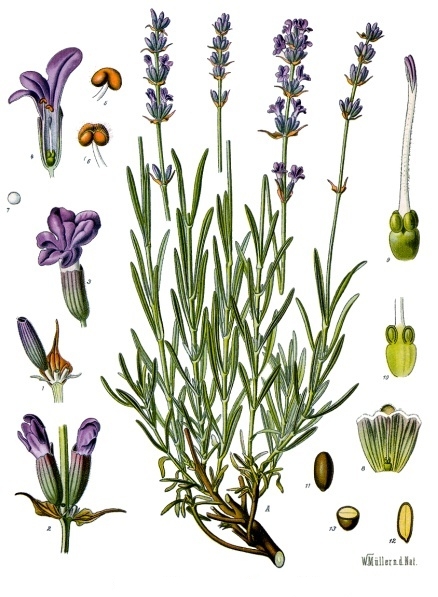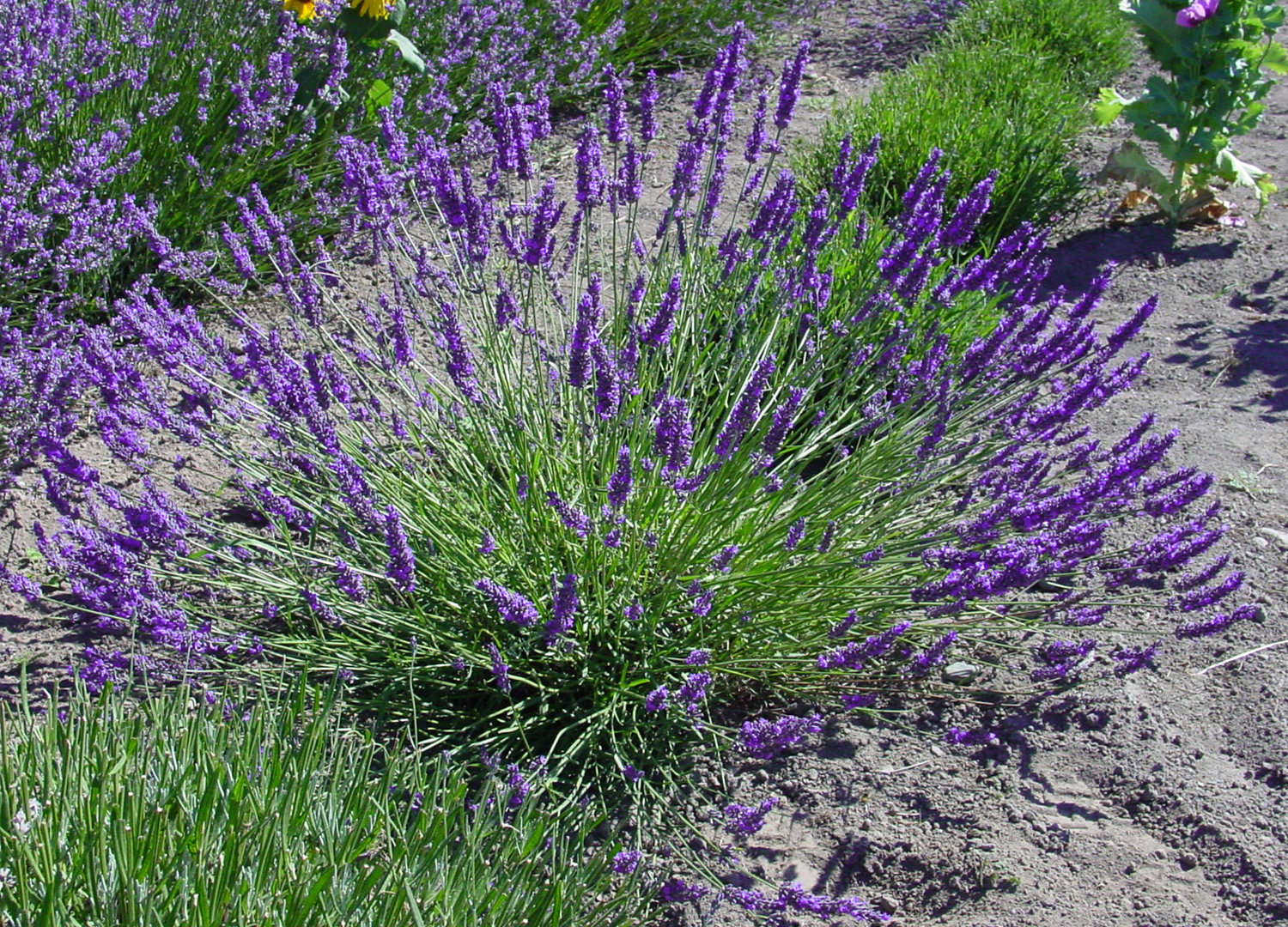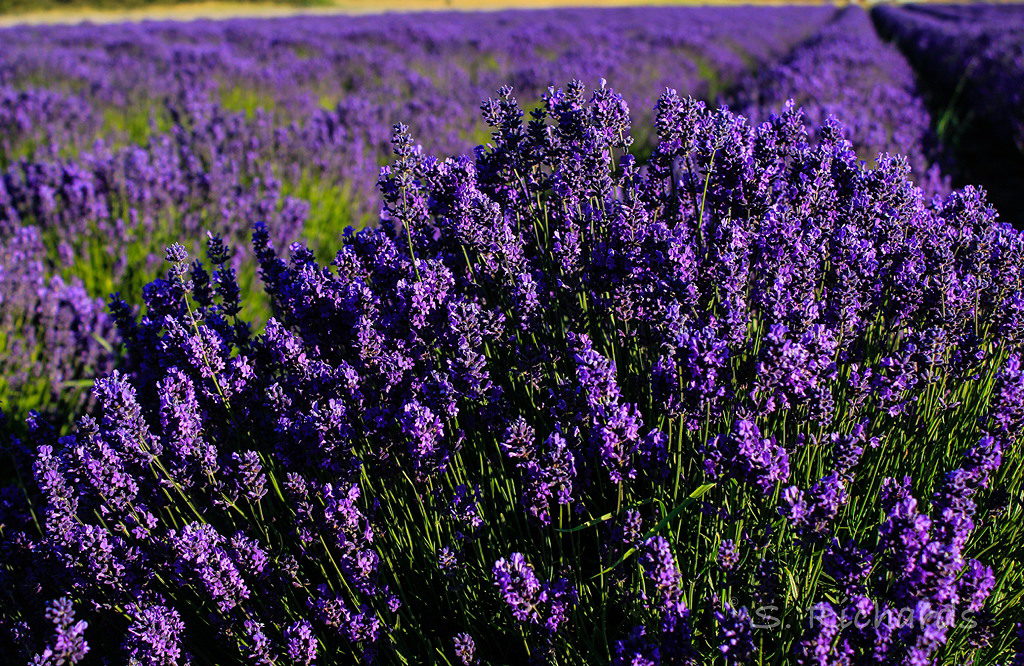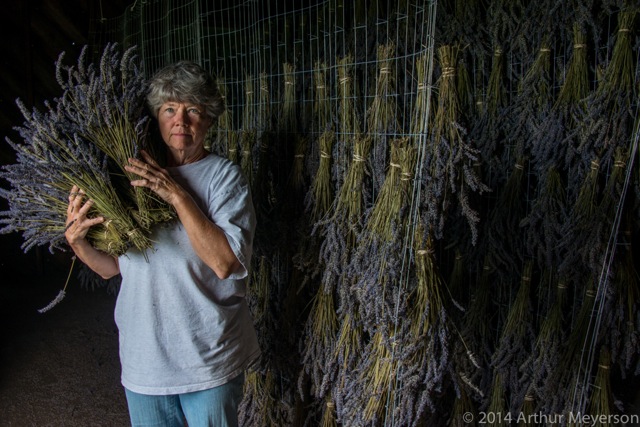by Georgie Smith

It’s pretty scary waiting in a hospital to be wheeled in for surgery, especially one like breast cancer.
Lavender essential oil can help with that.
A newly published study in the Journal of PeriAnesthesia Nursing found that sniffing a rag infused with lavender essential oil helped relieve the anxiety of women prior to breast cancer surgery. The study included eighty women undergoing breast cancer surgery in a university hospital in Adana, Turkey.
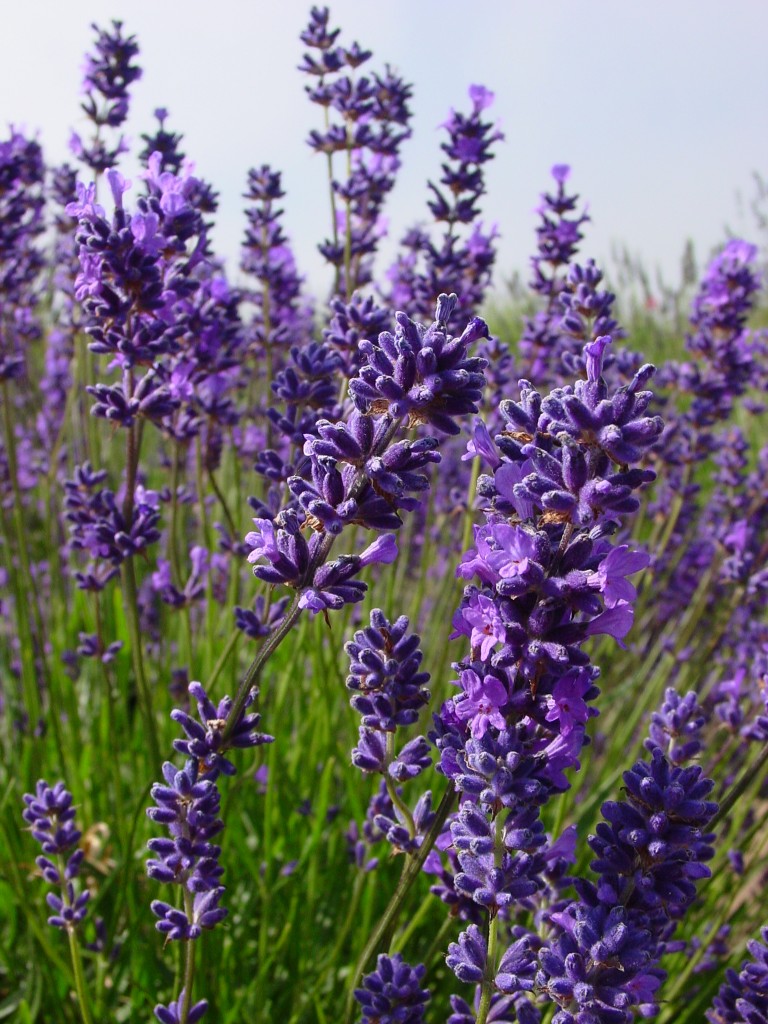
The authors concluded that using lavender essential oil as a nursing therapy is an important tool for reducing anxiety, one of the most common psychological disorders observed in breast cancer patients.
The lavender oil not only helped reduce anxiety, but lavender essential oils are known to have a low risk of toxicity and allergic effects as compared to other herbal supplements, which are easy and inexpensive to administer and not overly sedating for the patients.
“Many studies have shown Lavandula angustifolia to reduce anxiety significantly, as well as reduce perceived levels of anxiety,” the authors stated.
Lavandula angustifolia is one of several lavender species used in essential oils. For more information about the various types of lavender essential oils – and how they are used – read here.
Lavender helps with many psychological complaints
For many lavender aficionadas, lavender’s anti-anxiety effects will come as no surprise. Lavender essential oils have been touted for their anti-anxiety effects since ancient times. A slew of studies in the last two decades have found lavender essential oil – in both aromatic and pill form – to help for many psychological complaints. General restlessness, post-partum depression, overall feelings of well-being, insomnia and even anxiety for dental patients awaiting surgery have all been successfully treated with lavender. (Although lavender had no effect on reducing anxiety in regard to future dental visits – apparently you need the REALLY strong stuff for that!)
In one six-week study patients with generalized anxiety were given an oral lavender oil preparation that was shown to be as effective as taking .5 mg daily dose of lorazepam, an anti-anxiety drug associated with many serious side-effects.
Lavender essential oil reduces anxiety before surgery
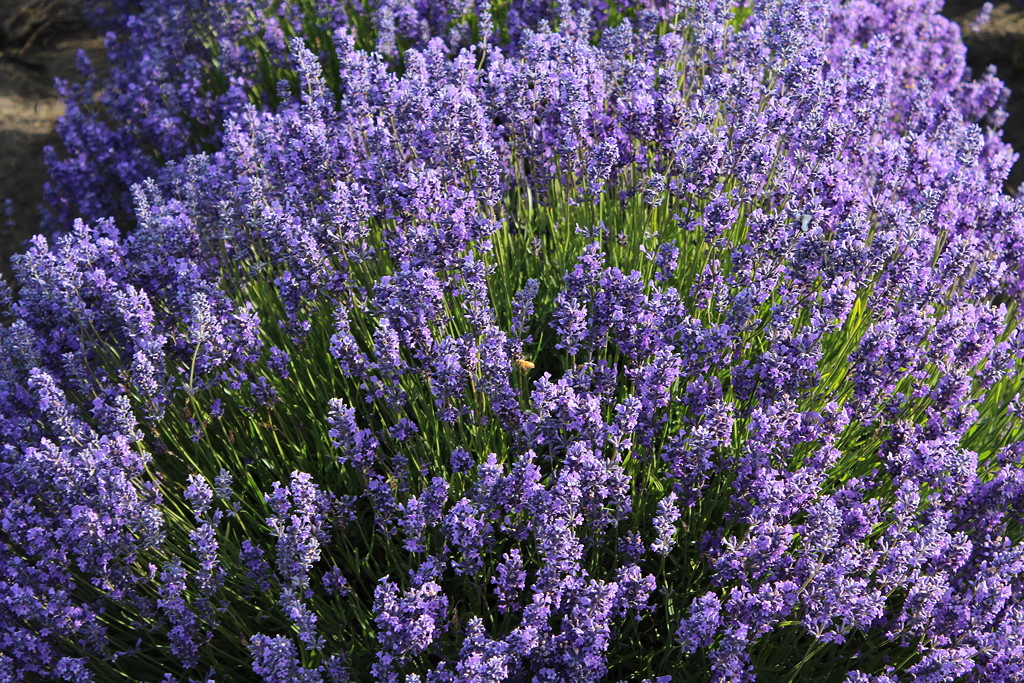
This most recent study is a follow-up on several others exploring the effects of lavender on postoperative surgical patients in particular.
Why? Well because surgery is scary. As the authors note;
“Presurgical patients can experience anxiety of different reasons, such as fear of the unknown, fear of waking after anesthesia, or fear of death, loss of control, pain, isolation, separation from a loved one, and being deprived from social life. Complementary therapies are often used to reduce anxiety before surgery.”
The study involved 80 women who were tested on their anxiety levels while being prepped for breast cancer surgery. Forty women were placed in a control group and treated to normal pre-operative care. The other 40 were given a gauze bandage with three to four drops of lavender oil from a popular Turkish brand and asked to inhale the scent for 20 minutes prior to their surgery.
The woman’s anxiety levels were measured by a commonly used tool, a “State-Trait Anxiety Inventory” (STAI). The STAI measures two traits of anxiety, how does one feel at the moment and how does one feel in general. In both groups, the women were given the test 24 hours before surgery, and then right before they were transferred to the operating room.
The anxiety levels “significantly decreased” in the study group supporting the author’s hypothesis that “preoperative inhalation aromatherapy decreases anxiety levels.”
Convincing your doctor to use lavender essential oils
So what does this mean for you or your loved one going in for surgery?
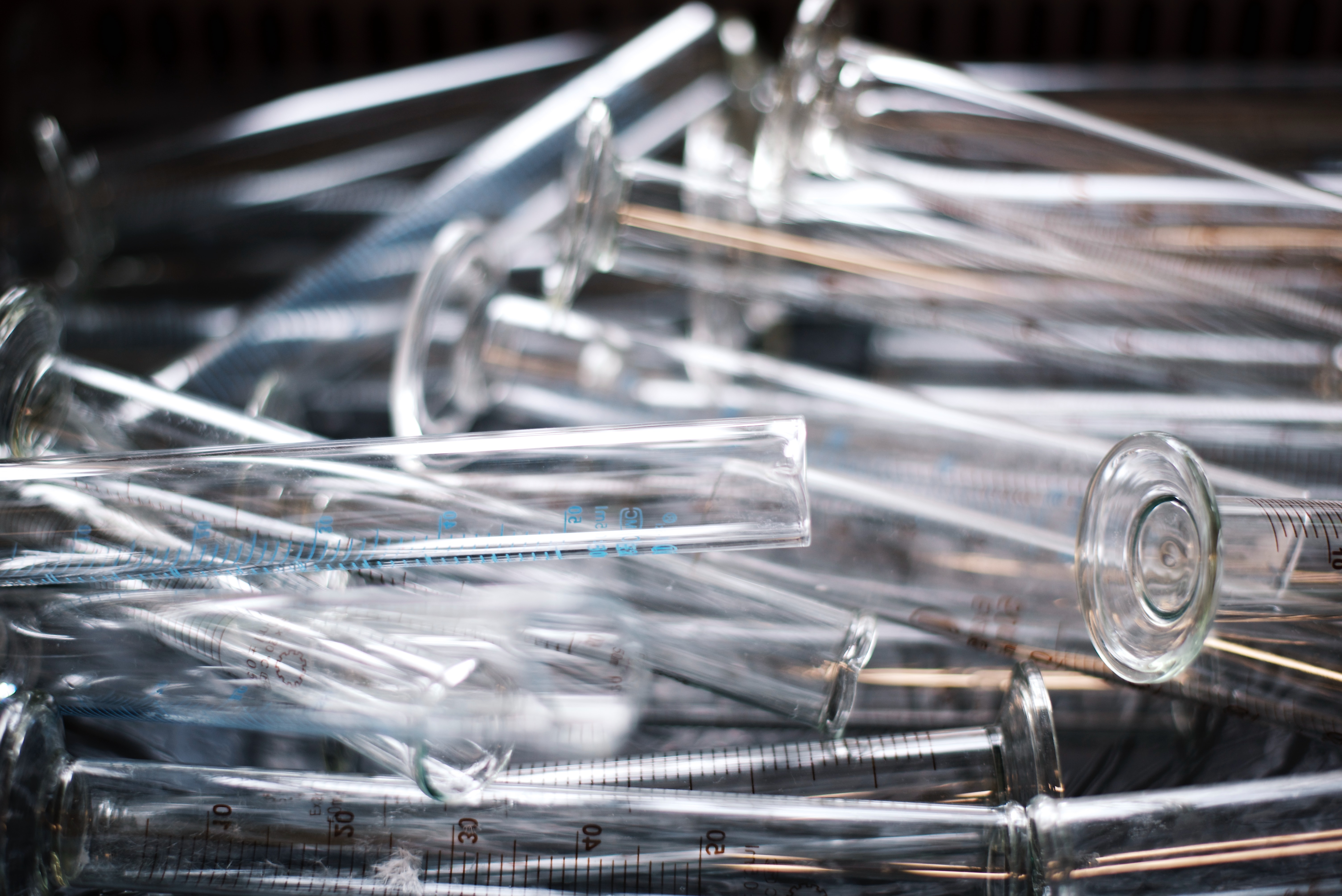
Unfortunately, the western medical system is still coming up to speed when it comes to natural therapies especially when it comes to what many perceive as ‘woo-woo’ medicine like aromatherapy and using essential oils. But it doesn’t hurt to ask!
Have your doctor read this Mayo Clinic article on the benefits or aromatherapy (and the reference links below) to start.
And if all else fails, it’s awful easy to bring a small bottle of lavender essential oil and a rag to sniff it from. If nothing else lavender will make your hospital experience smell a lot better!
To reference this Turkish study yourself go here. For a more inclusive look at the overall benefits of lavender essential oils in many psychological applications check out this study “Lavender and the Nervous System.”
For a great, recent round-up of much of the more recent research done on lavender for anxiety and the reasons doctors are still reluctant to use it, check out this informative piece on the www.BenzoFree.Org website site.
There are issues around using scented products in hospitals. This article, by Robert Tisserand, is a deeper dive into that.

